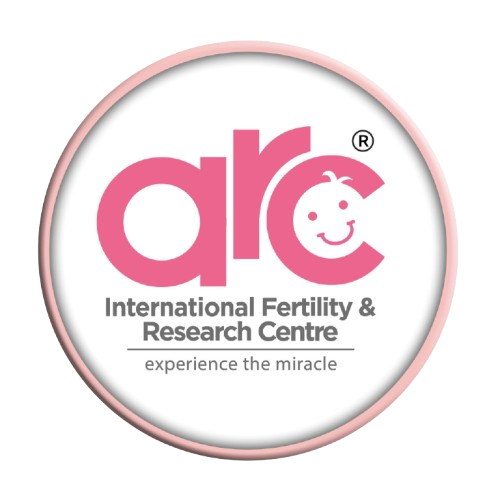Overview
A recent announcement from the White House signals an important shift in fertility-care policy. It may seem distant. Yet its influence could ripple across borders, reaching India’s fertility market and reaching patients at clinics like ours.
What the US is doing?
In mid-October 2025, the US administration laid out plans to reduce several cost-barriers in fertility care.
These include:
Making certain fertility drugs available directly to patients at deep discounts.
allowing employers to offer “fertility benefit options” – akin to dental/vision plans – for treatments like IVF.
Targeting drug-prices for IVF medications to align with “most-favoured-nation” benchmarks in other developed nations.
By doing this, the US is trying to bring substantial downward pressure on the cost of IVF cycles (not only procedure cost, but drug cost, monitoring cost, etc.).
Why this matters for India?
You may ask: “We are in Chennai. How does a US policy matter to us?” Here is the reasoning:
Global drug-pricing ripple-effect:
Many fertility drugs used in IVF are global products. When a major market like the US negotiates steep discounts, manufacturers often reconsider pricing tiers worldwide. Reduced US prices may force a re-assessment of export pricing, generics, and access in other markets. If drug cost drops globally, Indian clinics may benefit via lower import cost or more competition.
Supply-chain and innovation pressure:
When large countries invest in fertility-medication innovation or push ease of access, research accelerates. New protocols, cheaper drugs, alternative medications emerge. Some of these will make their way to India. That can reduce cost over time.
Competitive pricing environment in India:
India’s fertility centres already see pressure from patients asking for more value. If global benchmarks fall, Indian patients will ask: “Why are we paying more here?” That primes the market to respond. A clinic like ours, as the best fertility hospital in Chennai, must remain transparent on cost and innovation.
Awareness and patient expectation
Global IVF access will raise awareness among Indian couples. Awareness changes expectation. Clinics will need to respond by offering clearer cost-breakdowns, more inclusive packages, and counselling around cost vs success.
How might costs change in India?
Premise: US policy reduces drug cost by up to ~84% for IVF-related medications in that market.
Change: If global manufacturers adjust pricing, the cost base of IVF (drugs + lab + monitoring) in India may slowly reduce.
Consequence: Indian fertility hospitals may pass some savings to the patient. But there are caveats.
Key caveats:
India has its own cost structure. Human resources, infrastructure, lab consumables, and regulatory factors differ from the US. So even if drug cost falls, the total cost of an IVF cycle may not fall proportionally.
Exchange-rates, import duties, regulatory compliance add cost. A drop in one input (e.g., drug cost) may not immediately lower consumer cost.
Quality and success rates matter. If cheaper protocols are adopted but success falls, net cost per live birth may rise. Clinics must balance cost-reduction and outcome.
Local market dynamics: competition, demand, patient willingness to pay, cross-subsidisation all influence price.
What this means for you at ARC Fertility Hospitals
If you are considering treatment, particularly at a leading centre like ARC in Chennai, here is what to keep in view:
To all our patients we give clear drug-cost breakdown. Our goal is to provide cost efficient treatment without compromising quality.
Understand how technological advances play in cost. For example, when you explore our site section on “Artificial Intelligence in Embryo Selection”, you’ll find how innovation becomes a cost-factor. More precise embryo-selection may reduce number of cycles required, thereby reducing overall cost.
Compare treatment models: It’s useful to read our post on “ICSI vs IVF explained” to know where cost differences arise, and where savings are possible.
Choose a centre that gives transparent pricing, success-rate disclosures, and clarity on what is fixed cost and what is variable. As part of choosing the best fertility hospital in Chennai, you deserve that transparency.
Keep in mind: Lower drug cost is a welcome shift – but outcome, safety, counselling, patient-care all matter more. The cheapest cycle is not always the best cycle.
In summary
The US policy announcement is timely and relevant. It signals that fertility treatment cost can drop when large systems intervene. For India and for clinics like ours, it means pressure and opportunity. Price reductions are possible, but will be gradual and must align with quality. For you, the prospective patient, the key is to be informed, ask the right questions, and choose a fertility hospital in Chennai that balances cost, clarity and outcome.
At ARC Fertility Hospitals, we monitor global trends. We incorporate innovation. We believe in honest conversations about cost, success, and hope. Your journey deserves that.




